Getting to Know Everything About Mango Butter
Mango butter is an incredible aromatic elixir that functions as an emollient. It traces its origin to the seeds of the mango fruit. But what makes it so useful?
You see, mango butter is considered to be a powerful natural conditioner. It has great hydrating benefits and will moisturize your skin and hair well.
Mango butter has numerous names. Some call it mango oil while others simply call it mango kernel fat.

Table of Contents
- Mango Butter In A Nutshell
- The Historical Background of Mango Butter
- Chemical Composition of Mango Butter
- Day to Day Uses of Mango Butter
- Mango Butter Benefits For The Skin
- Mango Butter For Your Hair
- Medicinal Uses of Mango Butter
- How is Mango Butter Harvested?
- Extraction Process of Mango Butter
- How to Use Mango Butter in Homemade Skin and Haircare Products
- Lotion For Sensitive Skin
- Managing Stretch Marks, Dark Spots, And Blemishes
- Mango Butter Conditioner
- Sunburn Treatment With Mango Butter
- Healing Scars & Wounds With Mango Butter
- Getting to Know Mango Butter Varieties
- Precautions When Using Mango Butter
Mango Butter In A Nutshell

- Mango butter has been known to help improve heart strength and boost the functioning of the brain.
- It also promotes immunity levels in the body.
- It is actually a natural fat that is extracted from the fruit seeds.
- Mango butter is often applied directly to the skin. It can hydrate the tissues and provide them with essential nutrients to keep the skin fresh.
- Mango butter will also make the skin more elastic and supple so you appear more youthful. The skin is rendered firm through the regular application of mango butter.
- Mango butter has medicinal benefits too. For instance, it can remove toxins from the skin and cleanse all pores. It will also help the skin tissues fight the effects of pollution and dirt.
- Mango butter is known to be an excellent hydrating agent and will form a moisture lock for your skin.
- Mango butter can help soothe skin that has been affected by stinging, burning, and itching issues.
- It will also boost hair growth and will make your hair luscious and strong.
The Historical Background of Mango Butter
Mango is widely known as the king of all fruits owing to its exotic taste. Scientifically speaking, though, mango is known as Mangifera indica. The mango tree bears the mango fruits that ultimately yield the magical mango butter.
In the Malayalam language, mango is called “Manna”. It is said that the Portuguese adopted this term when they would visit the Kerala region for its spices in the later 15th century. It’s quite likely that the English word for the fruit, “mango” traces its origins to this Malayalam word.
It is hardly a surprise that the fruit finds a number of uses in the traditional medicine systems of Southeast Asia and Asia. The ancients believed that the fruit can moisturise, heal, and rejuvenate. In fact, if you dive deep into the ancient Ayurveda system of medicine, you will find that Mango has been used as a herb for nearly four millennia.
It has been used to lend the heart greater strength to function optimally while also promoting brain health. What’s more, mango is known to raise the disease-fighting abilities of the body by promoting immunity levels.
Mango butter refers to the fat that is extracted from the seeds of the mango fruit. The butter has many of the same properties as the fruit.
Mango is India’s national fruit and finds a number of references in folklore and local traditions. It is used in religious rites too. Some histories narrate how a courtesan invited the Buddha to use her mango groves to rest and interact with his disciples. The Buddha, they say, taught monks here and discussed wisdom and morality.
It is said that the Mughal emperor Akbar had some hundred thousand mango trees planted in the eastern regions of the nation. You see, mangoes have been cultivated in the Indian subcontinent for millennia. They were first brought to the West in the 18th century. Brazil is believed to be the first country outside of India where the trees were first introduced. Later in the 18th century, the trees were brought to other regions such as the West Indies.
Mango then made its way to America. Mango butter has also been used as a substitute for cocoa butter. In the 20th century, it was used in lieu of cocoa butter in the confectionery industry. Modern studies have shown that the ingredients of mango butter make it a powerful agent of skin health promotion. These include phytosterols, tocopherol, and also triterpenes.
Chemical Composition of Mango Butter
Mango butter is a treasure trove of powerful ingredients that make it such a powerful hydrating and moisturizing agent. Let us see what these compounds are.

Oleic Acids
- Known to boost immunity
- Remove dandruff and promote hair growth
- Are powerful antioxidants
- Prevent premature aging and wrinkles
- Promote the growth of hair
- Known to reduce stiffness, inflammation, and pain in the joints
- Are responsible for the soft or hard texture of mango butter
- Make the hair and skin radiant, supple, and soft
Stearic Acid
- Powerful emulsifying agent that binds oil and water
- Possesses cleansing properties
- Provides solid texture to the butter
- Makes the skin soft
- Helps in cleaning sweat, dirt, excess sebum from the skin and the hair owing to its cleansing properties
- Protects the hair against damage and makes them lustrous
Palmitic Acid
- It is the commonest saturated fatty acid
- Makes the hair soft and does not leave a greasy residue
- Known to soothe and soften the skin
Linoleic Acid
- Accelerates the healing of wounds
- Good moisturizer that promotes hair growth
- It is a great anti-inflammatory agent
- Helps retain moisture in the hair and the skin
- Has an emulsification action and is used in making soaps and oils
- Known to soothe acne
- When it is added to an oil mixture, it will reduce the consistency of the blend which makes it ideal for use on skin that is acne-prone
- Helps in healing dermatitis and eczema
- Delays the signs of premature aging
Arachidic Acid
- Decreases the symptoms of depression
- Helps in weight loss
- Boosts immunity
- Reduces the discomfort and pain due to arthritis
- Helps muscle gain as it promotes the inflammatory response of the body
Vitamin A
- Reduces the signs of aging
- Increases the production of collagen
- Helps wounds heal faster
- Protects the skin against UV radiation from the sun
- Helps in the regeneration of cells which keeps the skin strong, firm, and healthy
- Keeps bacteria and toxins at bay and boosts immunity
- Reduces dark spots and blemishes and creates a beautiful glow on the skin
- Reduces oil production in the skin which prevents acne
Vitamin C
- Helps protect the skin from the damages caused by pollution
- Evens the tone of the skin and brightens it up
- Protects the skin from damage due to UV radiation
- It has antioxidant properties
- Increases collagen that gives the skin a smooth texture
- Helps to retain moisture in the skin which makes the skin look younger
Vitamin E
- Helps to retain moisture in the hair and the skin
- Helps in repairing blemished and damaged skin
- Contains antioxidant properties that reduce the signs of aging
- Balances the production of oil and cleanses the pores
- Provides relief to sunburn affected skin
Day to Day Uses of Mango Butter
Mango butter has a creamy texture that nourishes the skin. It is also known to make the skin more elastic and supple. This helps to reduce the premature signs of aging and makes the skin firm in appearance.
Mango butter has high vitamin content that protects the skin from extreme environmental conditions and the damage that is caused by dangerous ultraviolet radiation.
Mango butter melts and penetrates into the skin and does not leave an oily residue. This makes it the best constituent of balms, suncare products, and hair care products.
It is also known to control frizzy hair. It is very gentle in nature and is used in moisturizers for babies and the products that are made for sensitive skin.
Mango Butter Benefits For The Skin
Mango butter makes the skin lustrous and radiant. It also lightens dark spots. It has soothing and softening properties and helps in opening the pores by cleaning the impurities from the skin. It has anti-aging, antioxidant, and anti-inflammatory properties and is thus used to remove dryness and cure dermatitis and eczema.
Mango Butter For Your Hair
Mango butter is a very powerful conditioner and helps to retain moisture in the hair. It prevents hair loss and breakage as it strengthens the follicles of the hair.
It prevents hair dryness and does not make the hair frizzy. It makes the hair soft, lustrous, and provides volume to them.
It retains moisture and increases cell regeneration which helps the hair to grow strong and healthy. It can be used as a mask on the hair to prevent the damage that is caused by the ultraviolet radiation from the sun.
Medicinal Uses of Mango Butter
It is known to reduce stretch marks and the burning, itching, and stinging sensation of the skin. It is known to also remove dirt and toxins that accumulate on the skin due to pollution.
Mango butter penetrates deeply into the skin when massaged and helps to heal tensed muscles.
Mango butter does not clog pores and hence can be used on oily skin and the skin that is prone to acne. Let us now summarize the main cosmetic and medicinal uses of mango butter.
- Medicinal: Protective, Anti-inflammatory, Regenerative, Anti-oxidant, Analgesic, Anti-aging, and Antimicrobial
- Cosmetic: Soothing, Anti-oxidant, Protective, Anti-aging, Softening, Regenerative, and Moisturizing
How is Mango Butter Harvested?
Mango butter is indigenous to India and has been used in Ayurvedic medicines for ages. Mango is a part of the botanical family called Anacardiaceae. Cashews and pistachios also belong to the same family. There are more than a thousand varieties of mango trees.
Mango is now cultivated in many nations around the world which include Brazil, Africa, Mexico, the Americas, the Caribbean, China, and Indonesia.
They are grown by chip budding and approach grafting. It is grown in soil that has plenty of drainage. They can grow in a variety of soils.
As soon as the leaves mature, they turn dark green from reddish-brown. The trees attain a height of 130 feet. The mango trees bear fragrant flowers that are usually yellowish-green or whitish red in color.
A single tree can bear both female and male flowers. Once the fruit matures, it has many color combinations ranging from red yellow, yellow-green, green, red and green, and yellow or even orange.
The shape of the fruit can also vary. It could be kidney-shaped, heart-shaped, oval, or round.
Fertilization, pruning, and pest control affect the quality of mangoes. Mango fruits start to ripen some four to five months after the flowering stage. This depends on the weather conditions as well as the variety of the tree.
The fruit has a thick outer skin which is called epicarp. This epicarp protects the fleshy layer inside which is called mesocarp or pulp. The stone is called endocarp.
The seed is oblong or ovoid in shape and is covered by a seed coat. When the fruits are firm and green, they are harvested and will ripen more during the storage and transport stages.
A test used to see when the fruit has really matured is to look out for the “nose”, also called the beak that is present at the end of the stem. The point tip will round out.
The best method of harvesting is to collect the fruits by handpicking. If the fruits are removed with sticks, this will damage their stems and will cause the production of milky sap that is called latex.
This latex will turn the skin of the fruit black. To prevent this, the fruit should be removed from the tree with a small stem portion still attached.
Extraction Process of Mango Butter
Expeller or cold processing is used to de-shell mango fruit seeds. The mango seeds are put inside the press machine and due to high pressure and friction, the oil will seep out. The machine is specially designed to keep all fiber out.
It could also be extracted using the method of solvent extraction. In this process, the seeds after collection are washed with water. They are then allowed to dry in the sun to reduce moisture.
Then, they are roasted in a drum roaster or are beaten with wooden clubs. These pieces of seeds are taken to the hammer mill where they are converted into pellets. These are then put inside a cooler and they are then taken to the plant for extraction with a solvent.
Once mango butter is extracted from the seeds, it is heated and allowed to boil until it attains a rich and creamy texture. The final product is firm and solid at room temperature. It melts easily when applied to the body. This helps its easy absorption into the skin.
The aroma of the mango butter is not like the mango fruit as it is extracted from the seed and not the flesh of the fruit. Refined mango butter is obtained when mango butter is bleached and deodorized. The color of refined mango butter could be whitish, creamy, or slightly yellow.
How to Use Mango Butter in Homemade Skin and Haircare Products
There are a variety of uses of mango butter that range from cosmetic to medicinal. It can be used in massage creams, oils, balms, ointments, gels, lotions, and creams. It is also used in sun care and foot care products, lip balms, lipsticks, soaps, shampoos, and conditioners.
Mango butter protects the skin from the harmful effects of the environment and helps to reduce premature aging, thereby reducing the appearance of fine lines and wrinkles.

Mango butter can be applied directly to the skin that is irritated, peeled, cracked, chapped, rough, or tough. It makes the skin hydrated and helps it to heal faster.
It can be applied to skin that is damaged by exposure to the skin. It also provides relief from rashes, insect bites, and eczema. It also helps to heal minor cuts or cracks that are caused by dryness. It is very light in texture and can be used to moisturize the neck and the face.
Lotion For Sensitive Skin
Mango butter can be applied as a lotion on sensitive skin. It can be mixed with natural carrier oils to promote the growth of soft and youthful skin.
It can be used as an alternative to soap and it can also be used as an alternative to shaving cream as it has very good cleansing properties.
Managing Stretch Marks, Dark Spots, And Blemishes
Mix equal amounts of mango butter and coconut oil as a carrier oil and massage on the affected areas. This will help fade the stretch marks away.
To reduce dark spots and blemishes, mango butter can be mixed with a regular moisturizer. It can also be used to make a balm that will reduce dark spots. For this, mix mango butter, rosehip essential oil, vitamin E liquid, and mix them well in a jar.
Add lavender oil and helichrysum essential oil to this mixture. This balm can be applied directly to the affected areas of the skin.
Mango Butter Conditioner
Mango butter helps retain moisture and reduces hair loss. To make a conditioner, mix mango butter with rosemary essential oil. Massage gently onto the scalp and cover the hair with a warm towel. This will help to reduce dryness and dandruff.
Finally, clean the hair with a mild shampoo. To make a leave-in conditioner, introduce mango butter to a double boiler. Add avocado carrier oil, lavender essential oil, and aloe vera gel. Stir well. Place this mixture into the refrigerator and then blend in a blending jar.
Continue blending until it becomes creamy in texture. Apply this only to the ends of the hair and not to the scalp.
Sunburn Treatment With Mango Butter
Mango butter provides relief from muscle aches, tension, and fatigue. Massage the skin with mango butter as it will promote cell regeneration. It can be applied directly to provide relief from frostbites, rashes, minor wounds, eczema, and insect bites.
If you wish to treat sunburn affected skin, add mango butter in a double boiler and add aloe vera gel to it. Also add sea buckthorn carrier oil and peppermint essential oil. Refrigerate for 15 minutes.
Whip with a hand mixer to obtain a creamy texture. Massage the skin with this mixture. This balm can be stored in a cool, dry, and dark place.
Healing Scars & Wounds With Mango Butter
To make a scar healing balm, melt cocoa butter, mango butter, and shea butter in a double boiler. Add helichrysum, lavender, and carrot seed essential oils. Gently apply this mixture to the scars. It can be stored in a glass jar in a dark, cool, and dry place.
To make a salve to treat wounds, mix mango butter with equal amounts of coconut carrier oil and beeswax. Add tea tree essential oil. Keep it in a glass jar and allow it to cool. Once cooled, apply gently to minor wounds.
Getting to Know Mango Butter Varieties
Grade Name |
Benefits and Properties |
|
Poya Brand Mango Butter |
|
|
Ultra-refined Mango Butter |
|
Precautions When Using Mango Butter
Mango butter is for external use only and in no case should be consumed. Ensure that it is kept out of the reach of children. If ingested accidentally, rush to the doctor immediately.
A patch test should be done on the inside arm before using mango butter. If there is no allergic reaction in the next 2 days, you can use the butter.
The side effects include increased urination, nervousness, increased heartbeat, and sleeplessness. If you observe any allergic reaction, discontinue the use of the product and consult your doctor immediately.
Pregnant and breastfeeding women should consult their healthcare practitioner before using mango butter.
So, how do you commonly use mango butter at home? Do leave us your comments below!






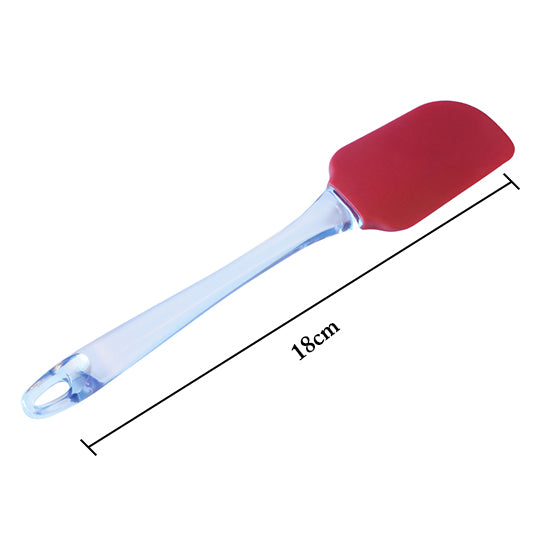





 Sign in
Sign in Register now
Register now My Reward Points
My Reward Points







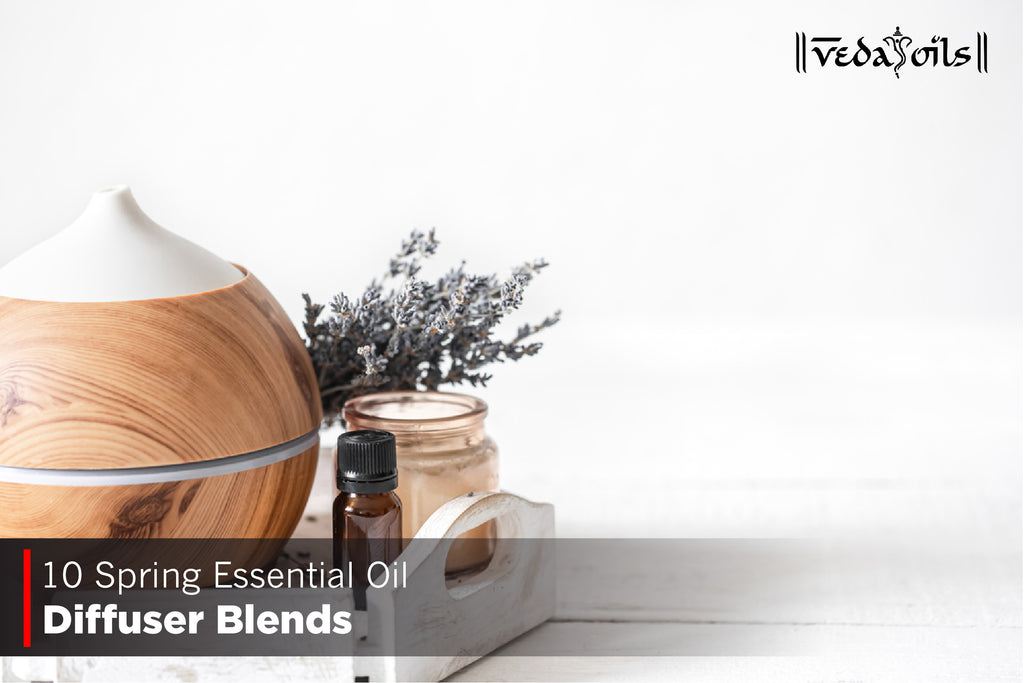

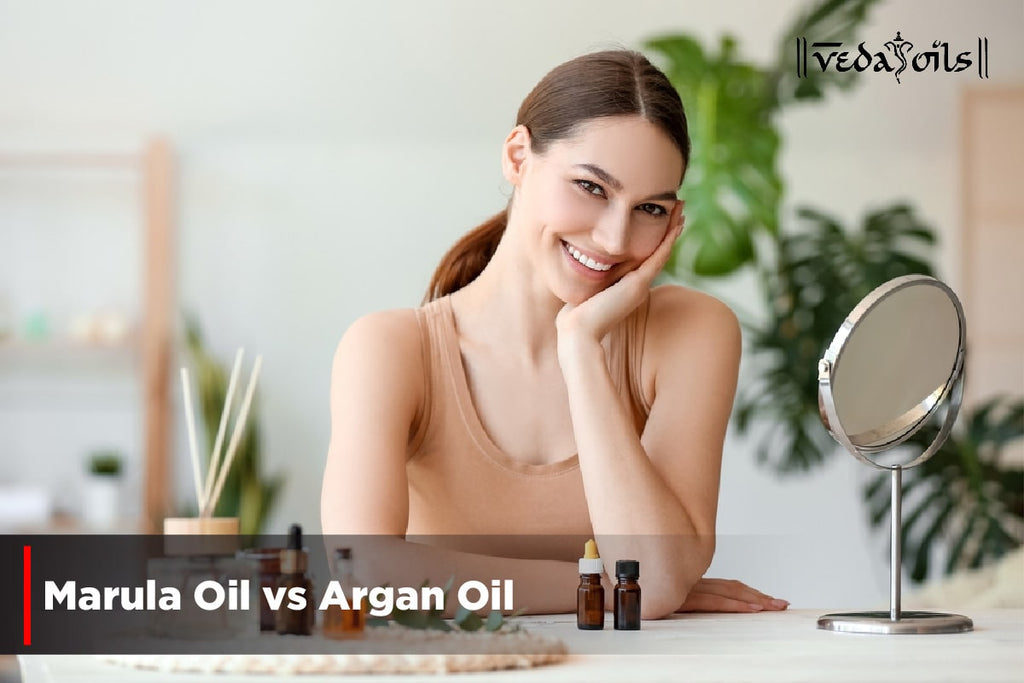
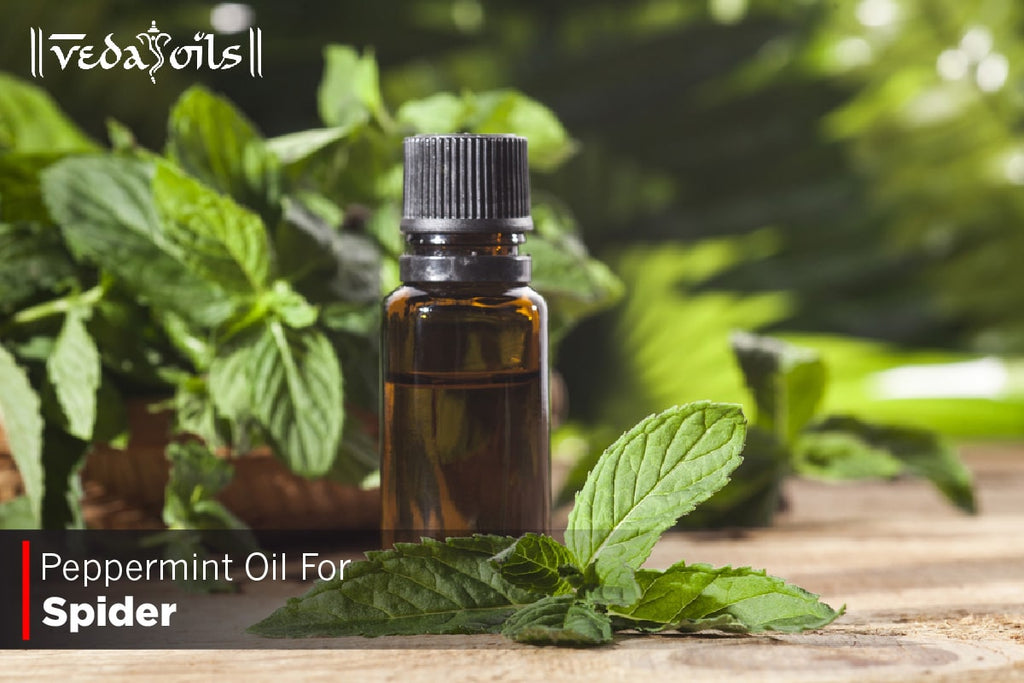
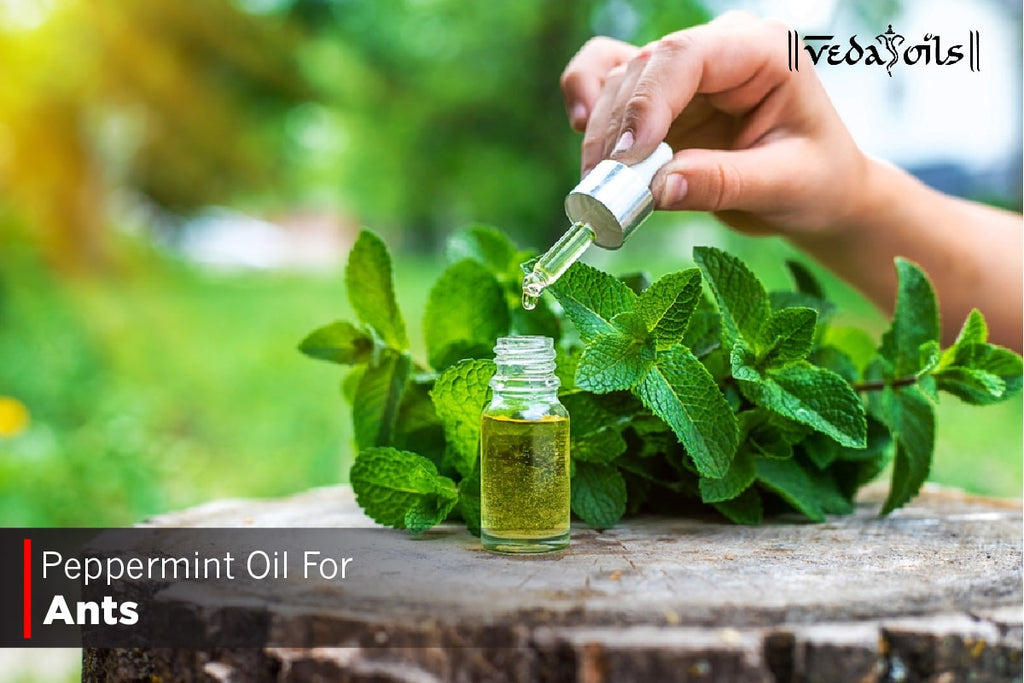
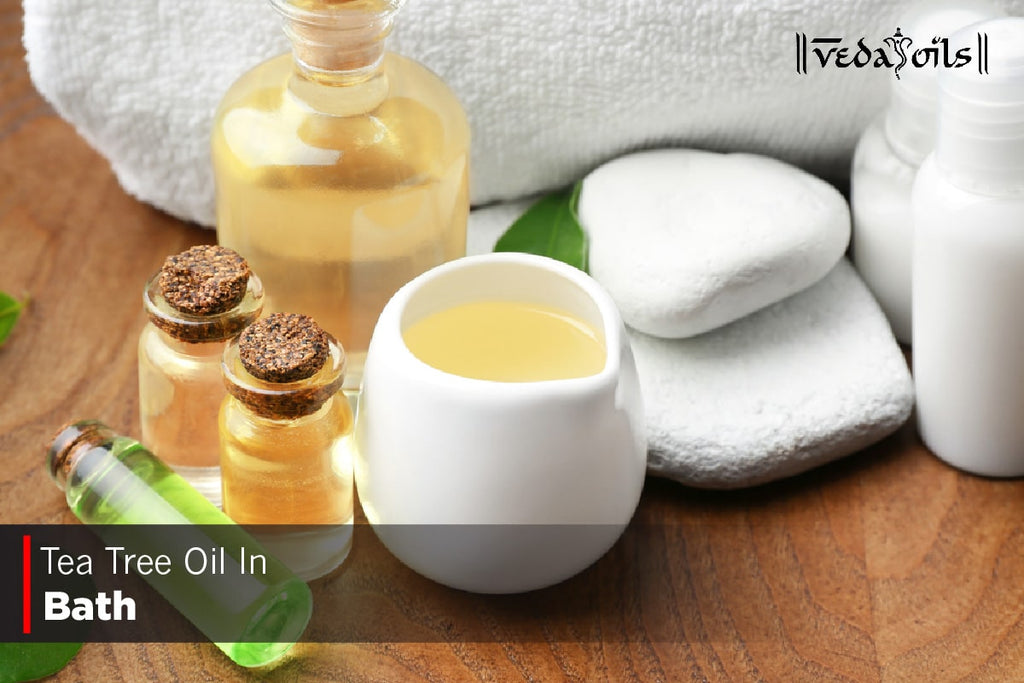
Hi
Why should the mango butter not be consumed internally? Clearly mango seeds aren’t poisonous, so, is there any other reason. As ayurveda suggests, it is not healthy to apply anything inedible on our body. So this is a little confusing. Clarity please!